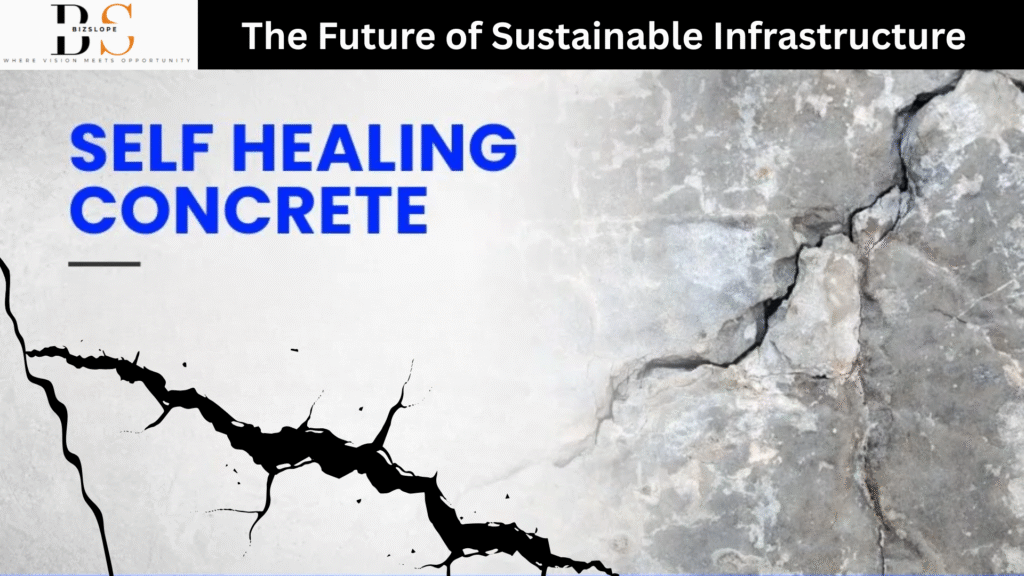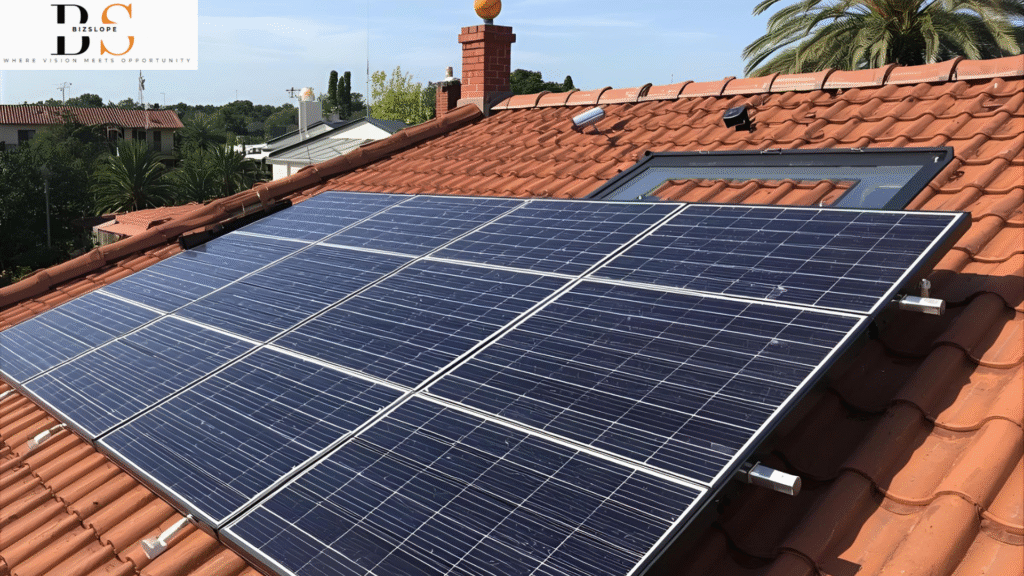Cracks are an inevitable problem in concrete, leading to costly maintenance, reduced lifespan, and potential structural failure. But what if concrete could fix itself, much like living tissue? This is the revolutionary concept behind self-healing concrete, a smart material poised to transform the construction industry and create more resilient and sustainable infrastructure.
How Self-Healing Concrete Works
The most promising method for self-healing concrete involves bio-based technology. During production, specialized bacteria, typically from the Bacillus genus, are added to the concrete mix along with a nutrient source, such as calcium lactate. These bacteria are encapsulated and remain dormant within the concrete’s highly alkaline environment for decades.
When a crack appears and water seeps in, the dormant bacteria are activated. They begin to metabolize the nutrient, and as a byproduct, they produce insoluble limestone, or calcium carbonate (CaCO3). This limestone rapidly precipitates and hardens, effectively sealing the crack. The process fills the fissure, prevents water from reaching and corroding the steel reinforcement, and restores the concrete’s strength.
Key Advantages and a Sustainable Future
Self-healing concrete offers significant benefits over traditional methods of crack repair:
- Increased Lifespan: By continuously repairing small cracks as they form, the material drastically extends the service life of structures, reducing the need for costly replacements. Some studies suggest it could extend a structure’s life by up to 200 years.
- Reduced Maintenance Costs: The autonomous repair system eliminates the need for manual inspection and repair, leading to substantial long-term savings in maintenance.
- Environmental Benefits: Concrete production is a major contributor to global carbon emissions. By increasing the durability of structures and reducing the need for new materials and frequent repairs, self-healing concrete significantly lowers the carbon footprint of the construction industry.
- Enhanced Safety: The self-repairing nature of the material helps maintain structural integrity, which is particularly critical for infrastructure like bridges, tunnels, and marine structures.
The Research and Development Landscape
The concept of self-healing concrete has been a subject of extensive research at universities and institutions worldwide. Scientists at the Massachusetts Institute of Technology (MIT) and the University of Cambridge, among others, have been at the forefront of this innovation. Their research has not only pioneered the bacterial-based approach but has also studied ancient Roman concrete, which possessed natural self-healing properties, to inform modern applications. By emulating nature’s resilience, self-healing concrete is paving the way for a new era of construction.



